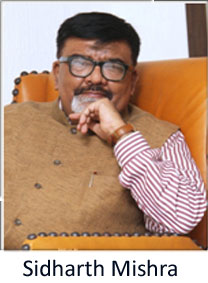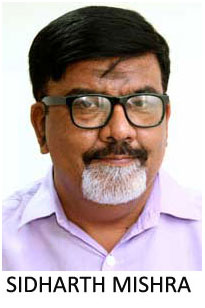The day Supreme Court appointed Environment Pollution (Prevention and Control) Authority -- sought apex court’s intervention to save the national Capital from choking, city’s transport minister Kailash Gehlot said that the cabinet note for the free bus ride for women would be ready soon.
The aforementioned fact clearly indicates that the transport policy of Delhi Government was not directed towards strengthening the existing system but instead draining it for electoral gains. The EPCA in its report to the apex court mentioned that “The Delhi government has not added new buses into its fleet for the past four years. Delhi has 17 buses per lakh people compared to 107 buses per lakh people in Beijing. But what is also alarming is that these buses are ageing — all of DTC’s current 3,600 on-road buses are over eight years-old and it will be necessary to phase them out in the next few years.”
Chief Minister Arvind Kejriwal despite having failed to add even a single bus to city’s dilapidated fleet, has gone on to announce that the free rides would not be limited for women but would be extended to the senior citizens and students too. The question is that for a free ride there also has to be a bus but given the state of affairs, the public transport system in the national Capital for now was moving towards a collapse.



